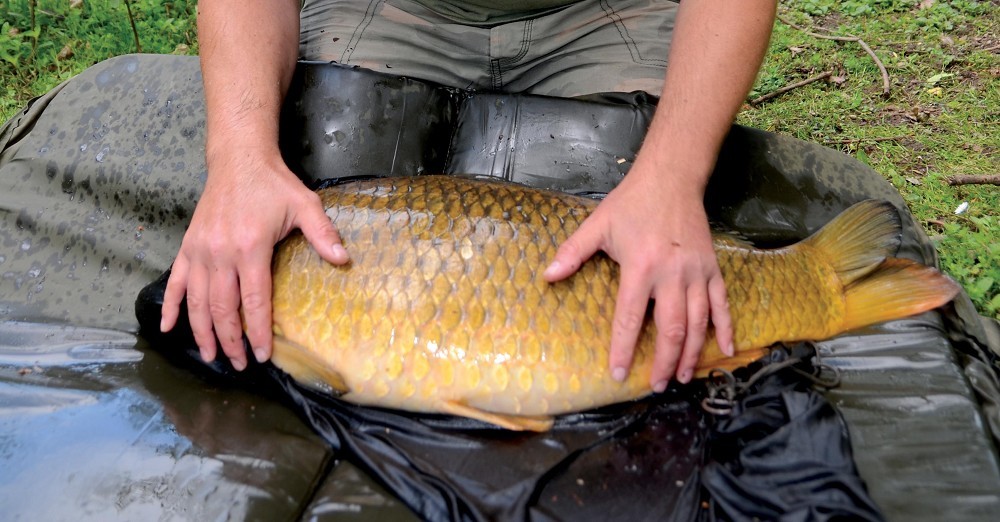
How to control a flapping fish
It happens nine-times-out-ten, but do you know how to safely look after a wild, flapping carp?
When a fish is on the bank, it’s of top priority it remains safe and goes back into the water in exactly the same condition that it left it. One thing all anglers are faced with is flapping and misbehaving fish and being able to handle it correctly in these circumstances is very important to get right. If not, the fish can get hurt badly and could lead to the fish’s death. Here we are going to show you the best methods to control and calm a fish down when it decides to flap on the bank.
01 Stay low
Keep low to the mat at all times by either crouching or squatting directly above it. This means as soon as a fish starts to tense up and flap you can quickly and safely lower the carp back onto the safety of the unhooking mat until it calms down.
02 Tensing up
You can often tell when a carp is going to flip; you’ll feel them tense up. At that moment, roll the fish back into your arms and at the same time lower it back down to the unhooking mat.
03 Get over it
Should your catch misbehave, don’t just let it flap around on the mat – (1) it could injure itself and (2) if it’s not a high-walled mat, it could come off and onto the bank, doing itself some serious damage. Instead, get right over the fish. This will stop it flapping and will reduce the amount of light to its eyes. That leads nicely onto point number four…
04 A dark place
By using either your hands or a wet sling/mat, gently place something dark over the fish’s eyes. The darkness will calm the fish down and stop it from flapping. Make sure you consistently keep the fish wet whilst it’s on the mat, this will also help to stop the carp from misbehaving.
05 Resting in the edge
If you own a retainer weigh sling or a deep-bottomed landing net, transport the fish over to the water’s edge and let them rest in the margins for a few minutes to calm down. When you carry them over make sure their fins are flat to their body and none of them are caught in the sling or net.
06 Swim off strongly
Finally, if the fish will not stop flapping once you have tried the above steps, safely take the fish back to the water in an unhooking mat or weigh sling and release them back into the lake. The fish’s safety is far more important than a few photographs. Make sure the fish swims off powerfully, so hold them in the edge until they do so.



